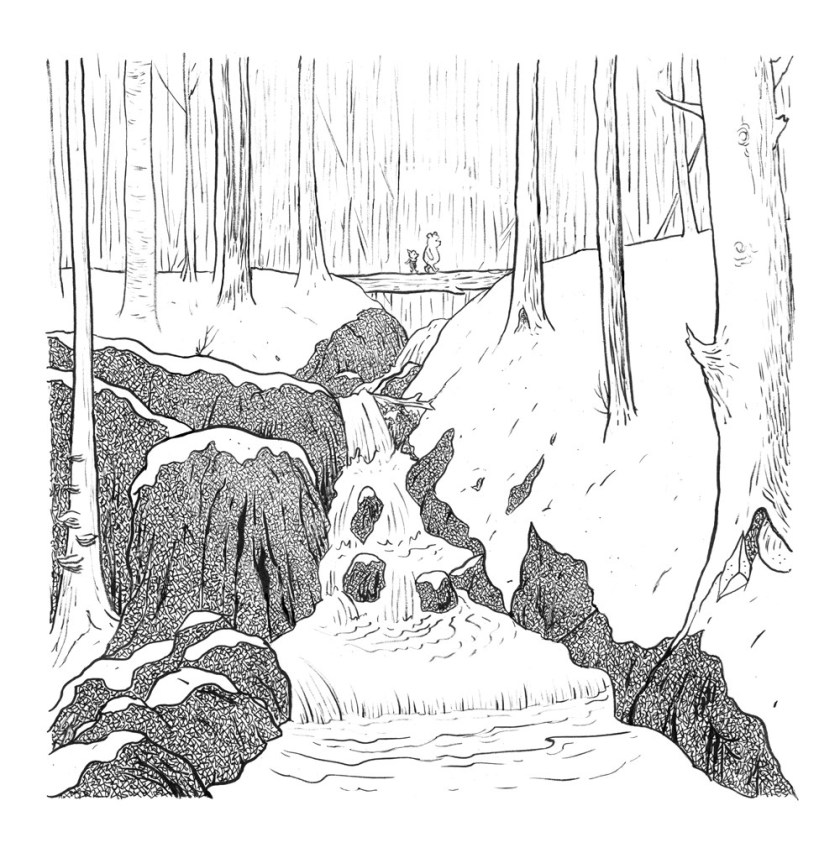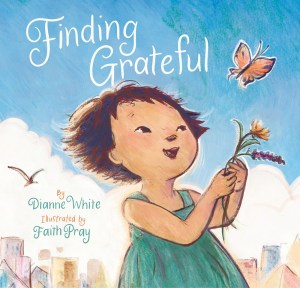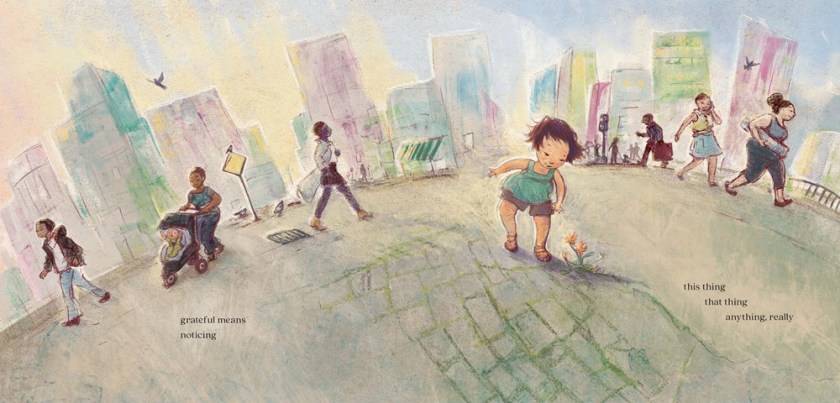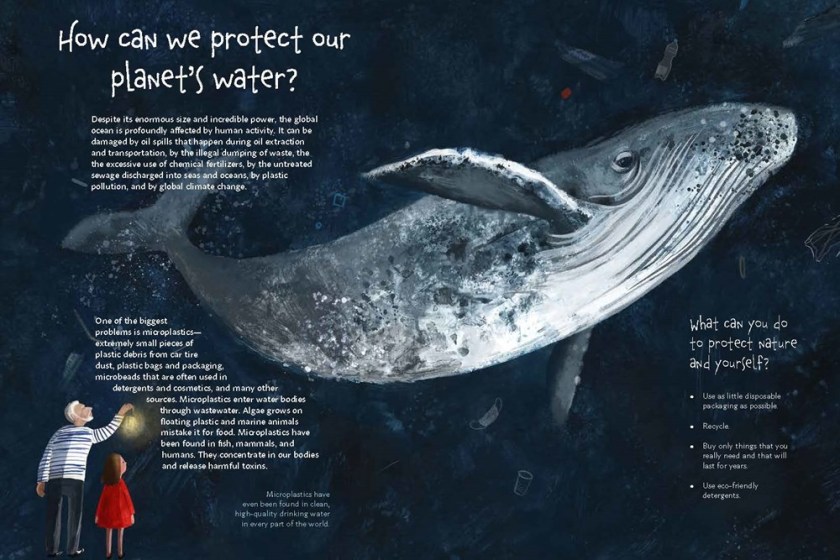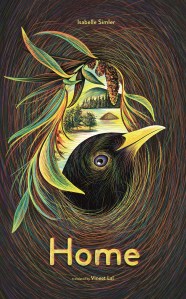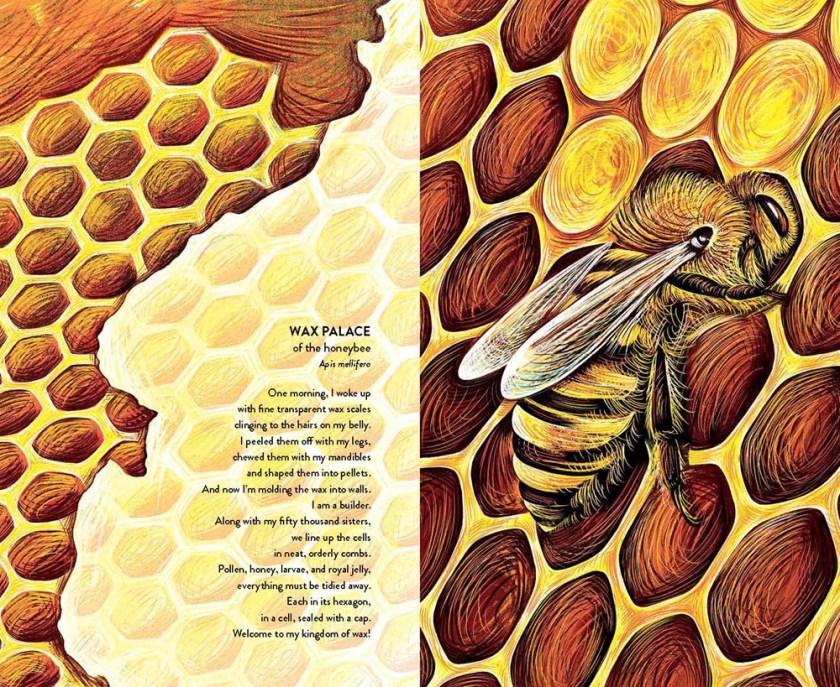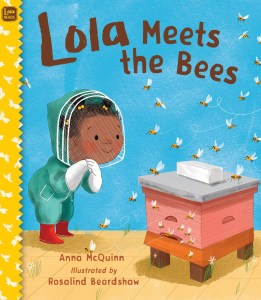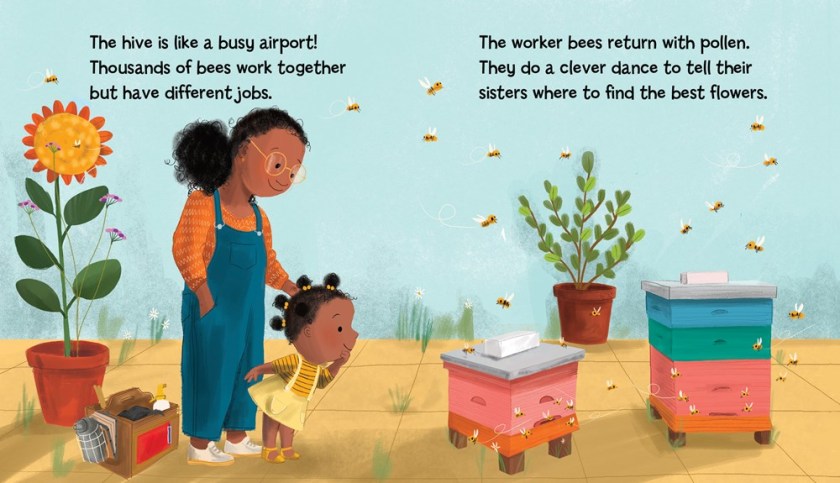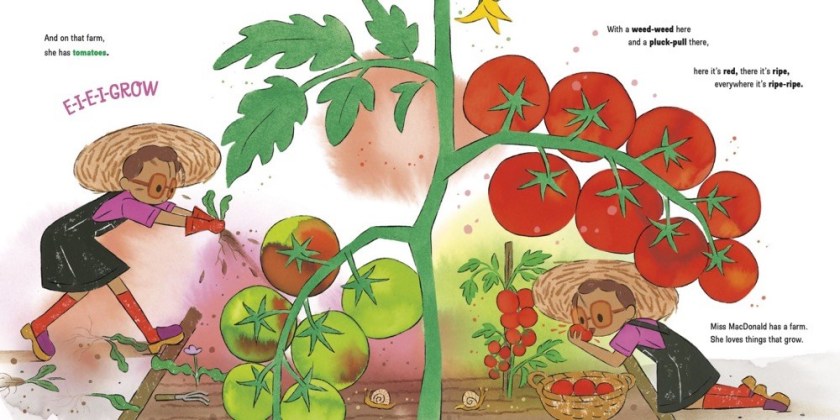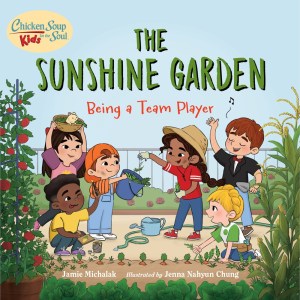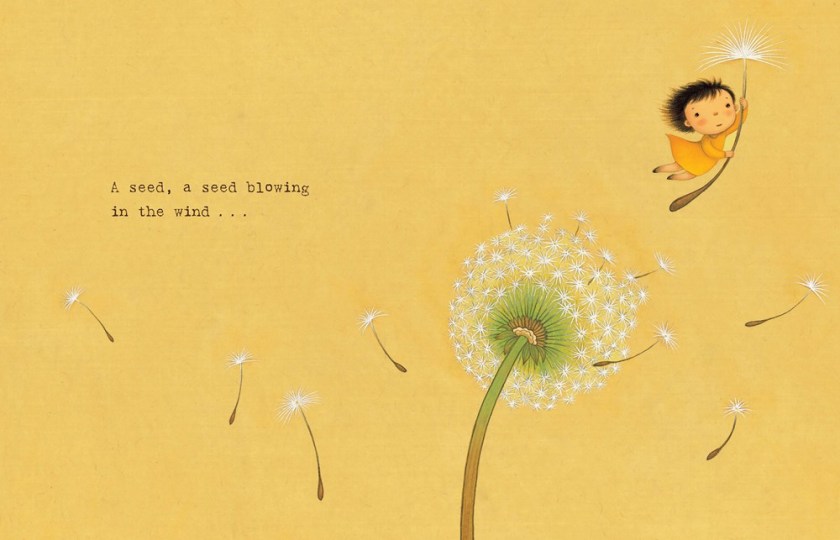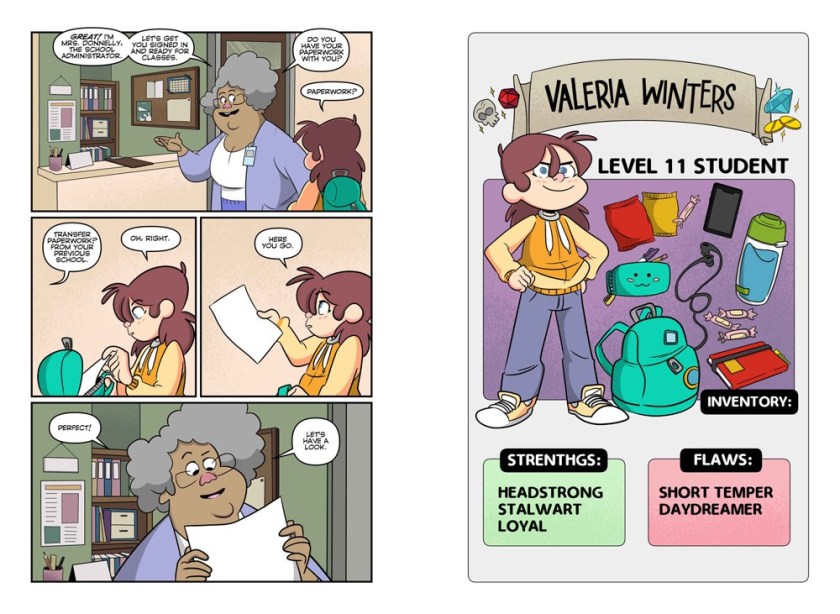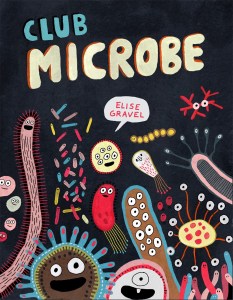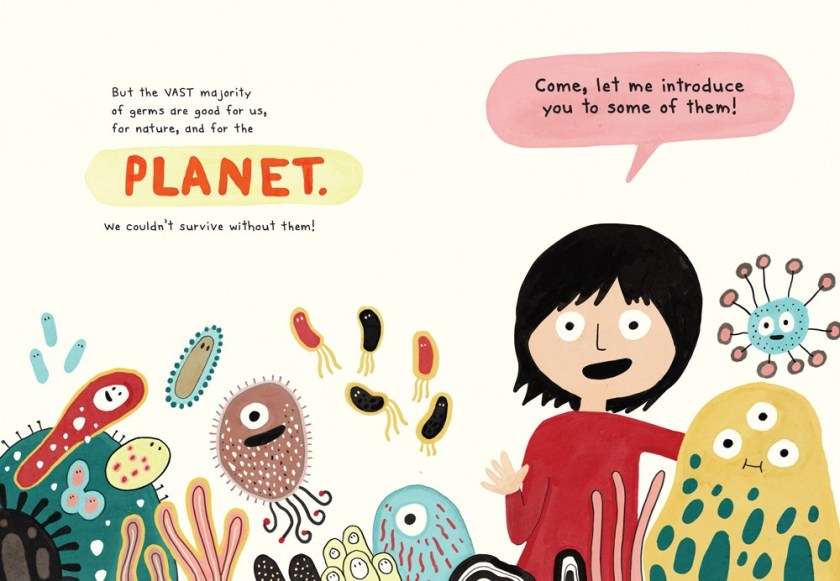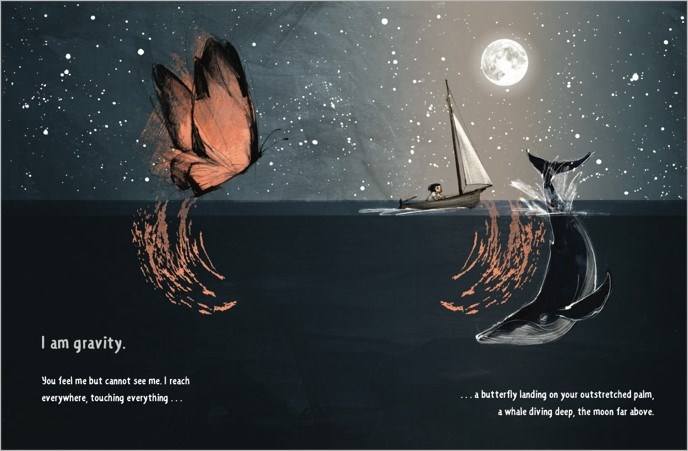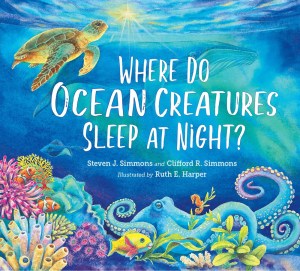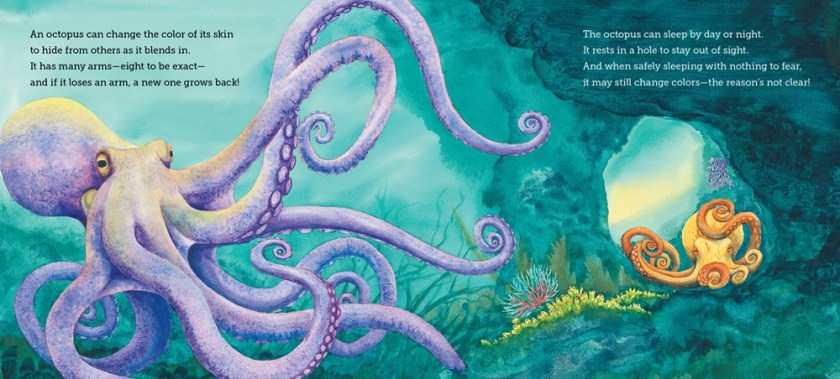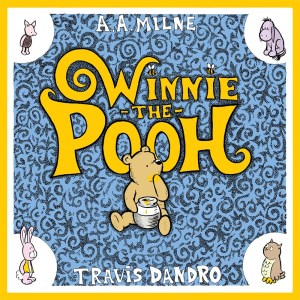 Winnie-the-Pooh, by A.A. Milne & Travis Dandro, (Apr. 2024, Drawn & Quarterly), $29.95, ISBN: 9781770466968
Winnie-the-Pooh, by A.A. Milne & Travis Dandro, (Apr. 2024, Drawn & Quarterly), $29.95, ISBN: 9781770466968
Ages 7+
PEN Graphic Novel Award winner Travis Dandro introduces a new generation of readers to the Hundred Acre Wood and its most famous inhabitants in his graphic novel adaptation of A.A. Milne’s classic, Winnie the Pooh. Winnie the Pooh entered the public domain in 2015, allowing for a graphic novel retelling. And what a perfect time for it! Graphic novels are more popular than ever, and Pooh’s stories are ready to speak to a new audience while revisiting old friends and readers. Faithful to Milne’s storytelling, Dandro lays out each story in black and white art, giving a soft comic book feel to the characters. Features are softer, rounder, and Fans of the original stories will love Dandro’s interpretation. Removing the omniscient narrator, he gives characters dialogue and uses spreads and playful panels to tell the stories, adding amusing moments like Rabbit’s 11-step plan to “capture Baby Roo”, showing Rabbit reading from a sheet of paper while the list is laid out in enumerated detail. Endpapers show a map of the Hundred Acrew Wood and key locations from the stories. Dandro also created a brand-new story exclusively for the new volume. There are some lump-in-the-throat moments, beautifully interpreted and reimagined, and the famous moments – Pooh getting stuck in the “tight place” and Owl’s discovering Eeyore’s tail, for a couple – all here to enchant new readers. A lovely addition to graphic novel and classics collections.

